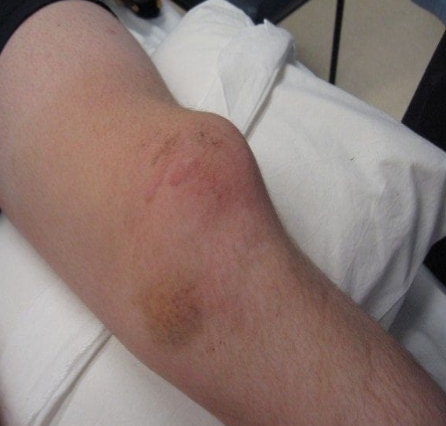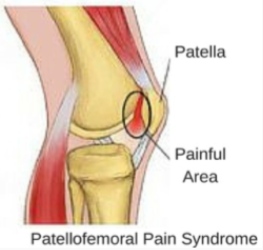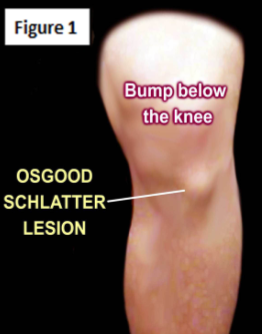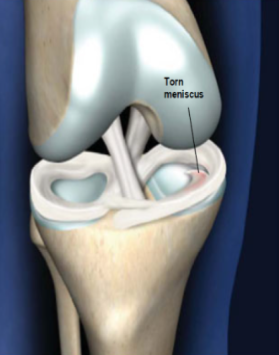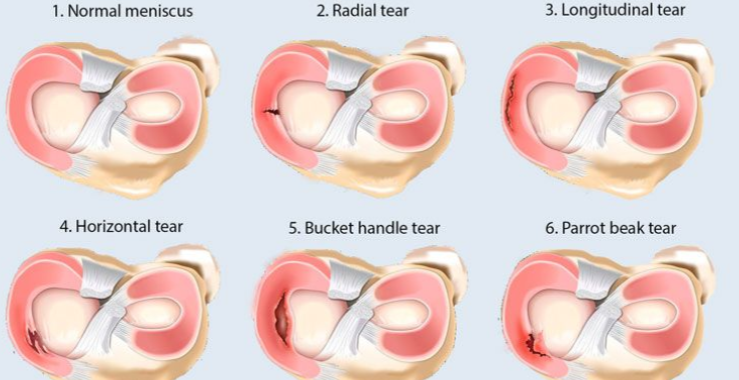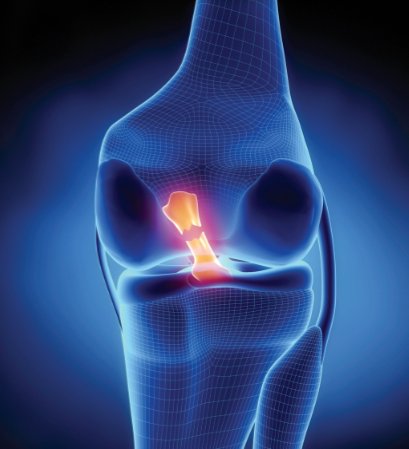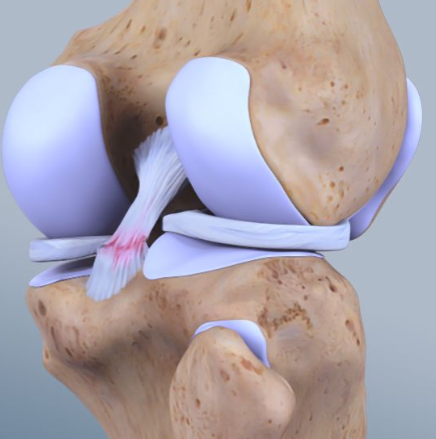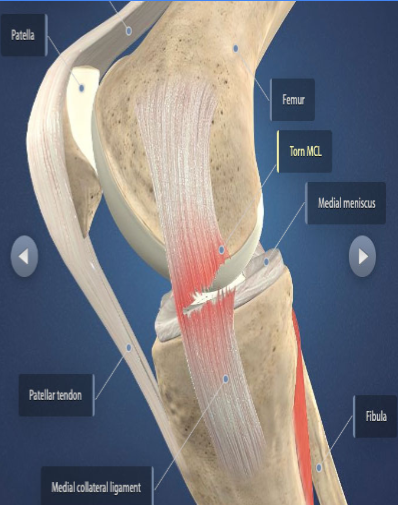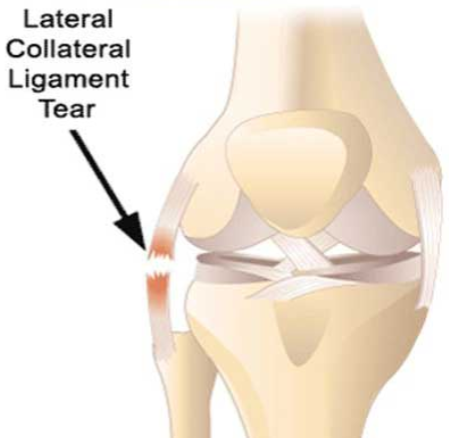Common Injuries in the Knee
Q-Angle
Angle measured from the anterior superior iliac spine to the patella and from the patella to the tibial tuberosity
Patellar Dislocation
MOI: Likely to happen during high speed motions especially cutting and pivoting
Almost always shifts laterally
S&S
Moderate to extreme pain
Moderate swelling
Complete loss of ROM
Obvious deformity
Treatment: Reduction, xray, brace, RTP
Patella-Femoral Stress Syndrome (PFSS)
Chronic pain found in the patellar region that can be blamed on tracking issues or overuse
MOI: Chronic, improper lateral tracking of patella
S&S
Pain and tenderness in lateral aspect of the patella
Slight swelling
Crepitus or popping with extension
Treatment
Rehab: strengthening and stretching protocol to help muscular issues (knees and hips)
Tape or bracing
Chondromalacia
Roughening of the protective cartilage found on the underside of the patella
MOI: abnormal patellar tracking or trauma from an acute injury
S&S
Pain underneath the patella
Grinding or popping during motion
Slight chronic swelling
Treatment: ice therapy, quad strengthening, Anti-inflammatory medication, brace or knee sleeve, surgical intervention if necessary
Osgood-Schlatter’s Disease
MOI: Chronic condition found in adolescents, typically after a dramatic growth spurt
Adolescents and puberty the tendons are stronger than the bones. This discrepancy causes bone damage as the tendon microscopically pulls away from its attachment.
Increased repair that over time develops into an enlarged tuberosity
S&S
Pain at insertion of the patella tendon
Tenderness to palpation
Enlarged tibial tuberosity
Pain with jumping and running
Treatment
RICE, Anti-inflammatories, ultrasound, knee strap, surgical intervention
Patella Tendon Rupture
Rare in younger athletes more common in older professional or recreational athletes
MOI: strong contraction of the quad muscles during jumping or running
S&S
Extreme pain followed by a dramatic decrease in pain levels
Significant swelling
Shifting of the patella out of its normal position into the mid thigh area
Complete loss of knee extension
Previous history of tendonitis or inflammation
Treatment: Surgical repair, recovery 1 year
Meniscus Tears
Very common in athletics
MOI: twisting motion in conjunction with valgus stress (cutting movements as the athlete attempts to shift and push off the involved leg
S&S
Pain, especially when moved similarly to the MOI
Pain with full extension and flexion
Effusion (swelling in the joint)
Pain along the line of the joint between the femur and tibia
Sensation of locking or giving out
Clicking or popping sound with movement
Treatment
Depends on location and type of damage that meniscus has incurred
Surgical intervention
Repaired through reattachment and sutures (outer)
Cleaned up by removing the injured tissue (inner)
Types
Anterior Cruciate Ligament (ACL) Tear
ACL prevents anterior translation or shifting of the tibia in relation to the femur
MOI: most commonly noncontact shifting of the knee, often seen with deceleration
S&S
Pain in joint
Athlete complains of pop at time of injury
Sense of feeling “loose” in joint, giving away or shifting
Swelling that increases rapidly post-injury
Treatment
RICE
Grade I & II sprain -> rehab
Complete tear requires surgery
RTP 4-6 months (closer to 1 year)
Prehab very important
Posterior Cruciate Ligament (PCL) Sprains/Tears
Posterior Cruciate Ligament prevents posterior translation of the tibia in relation to the femur
PCL is the strongest ligament in the knee which makes injury less often than in the ACL
MOI: direct blow to the proximal tibia and knee while flexed at 90 degrees (ligament is at a vulnerable position)
S&S
Pain and tenderness on posterior aspect of knee
Slight swelling in popliteal region
Joint laxity
Loose feeling when walking
Treatment
RICE, Rehab strengthening hamstring and quads, surgery, bracing
Medial Collateral Ligament (MCL) Sprains/Tears
Very commonly injured in athletics due to the frequency of contact to the outer side of the knee forcing it medially
S&S
Pain increasing with severity
Joint stiffness
Slight to moderate swelling over ligament
Decreased ROM
Joint laxity medially
Treatment: RICE, isolated tear?, rehabilitation (abductors, adductors)
Lateral Collateral Ligament (LCL) Sprains/Tears
Lateral Collateral Ligament- injured much less than the MCL and less prevalent in athletics
MOI: varus stress to inferior of the knee
S&S
Pain over lateral aspect of the knee
Slight to moderate swelling over lateral aspect
Joint laxity laterally
Joint stiffness
Decreased ROM
Treatment: RICE, progressive rehab, RTP, surgery is unlikely if just isolated LCL tear
 Knowt
Knowt

